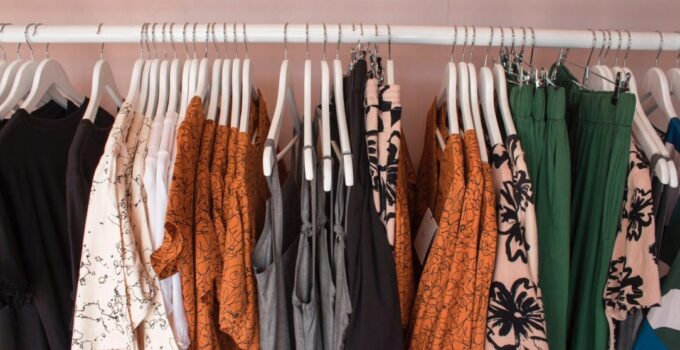All people sweat, but some of us sweat more. If you’re one of them, you know how annoying it can get in summer when just a few minutes outside can make you look and feel as if you’ve taken a dip in a lake.
And don’t get us started on the sweat stains! They appear quickly and make us feel awkward and embarrassed, trying to hide the t-shirt under a blazer or changing clothes multiple times a day.
But some fabrics are much more resistant to sweat stains than others. In this article, we’re exploring the best of them.
Things to look for
Sweating is more profuse in the summer; however, it’s not the only season the problem persists in. If you’re conscious of sweat stains,
you need to choose breathable fabric to minimize sweating and to keep you cooler.
A breathable fabric will help maintain lower body temperature and generate air around the body.
Besides breathability, you want the fabric and, by extension, the garment to be lightweight so that it’s more resistant to high temperatures and doesn’t cling to the body.
The third essential characteristic is absorbency. Yes, every fabric will have its “breaking point,” but there are options that will keep you dry for longer.
Lastly, some fabrics are specially treated to gain antiperspirant or odor neutralizing quality, so these properties are always a bonus.
The best fabrics
Cotton
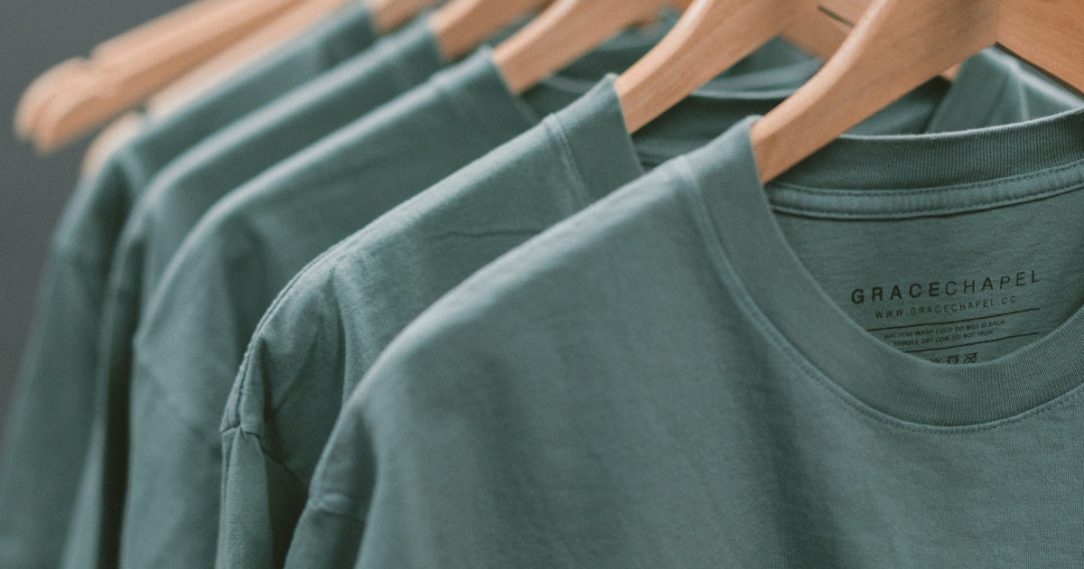
Source: goodonyou.eco
Yes, we’re huge cotton fans, and it is one of the best fabrics to wear if you sweat a lot. It’s lightweight, absorbent, breathable, and soft.
When shopping for cotton clothes, choose the highest-quality cotton for your budget to avoid scratchiness, lack of durability, and even potential allergies from various chemicals.
Choose non-fitted cotton t-shirts, shirts, and other tops and pants to allow air circulation and quick drying. If possible, buy organic or Pima cotton.
Of course, there are many other types of cotton to be aware of, so here’s a quick guide for your next shopping spree.
Jersey
For tees or loungewear, you can’t go better than cotton jersey fabric that’s stretchable, comfortable, and breathable. Jersey is a cotton and spandex blend (95%-5%) and is one of the most popular fabrics for summer.
Poplin
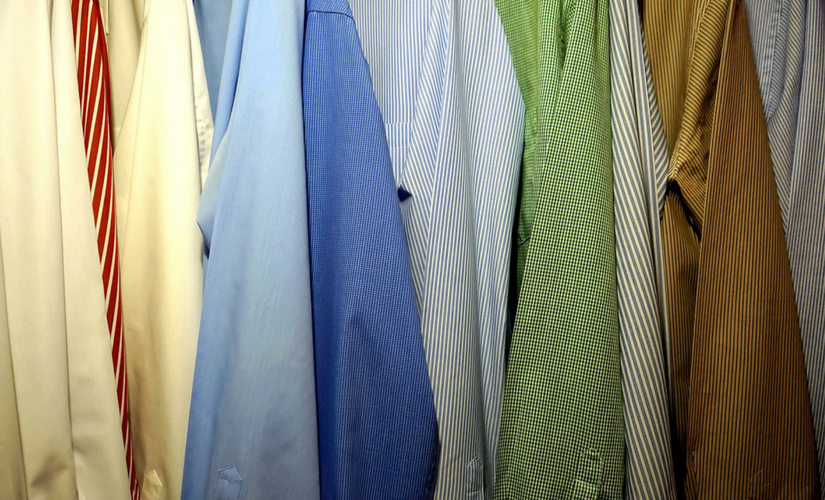
Source: contrado.co.uk
Of course, we can’t always wear t-shirts, so when you need a shirt, choose poplin cotton, a durable and robust tight-weave fabric. Poplin shirt keeps you cool and does not stain so easily as certain synthetic fabrics because of the corroded material and a little more thickness.
Chambray
Chambray is slightly similar to denim, but it’s lightweight and breathable – perfect for summer. Chambray shirts are an excellent alternative for poplin when you feel like mixing things up.
Cotton-viscose-rayon blend
While viscose on its own may not be the best fabric to wear in the heat, a blend with cotton and rayon gives a breathable, lightweight fabric that also drapes very well.
Cotton and Lyocell blend

Source: velvetheart.com
Cotton and Lyocell blend has become very popular recently and is a beloved summer fabric. It combines two excellent materials for the ultimate result.
As we already know, natural cotton is breathable and suitable for the summer. Lyocell (modal), a man-made fabric from wood pulp (cellulose), is also lightweight and breathable. It also keeps you cool and dry.
Blended, you get a fabric that gets the most of each two. Lyocell doesn’t wrinkle as much as pure cotton, so you don’t have to worry about ironing that much!
The clothes from this blend are also soft, durable, and almost luxurious as they have this beautiful feel on the skin.
Lastly, Lyocell is a more sustainable version than most synthetic fabrics and is biodegradable.
Polyester and cotton blend
While polyester on its own is one of the worst fabrics for the summer when mixed with cotton, it gives a beautiful fabric that’s heat and water resistant and stretchy.
Clothes from this fabric also tend to crease less, so it’s an excellent choice for t-shirts and other tops.
Always opt for high-quality blends and choose trusted brands for the best clothing options.
Check this website to find out more: freshcleantees.com/products/white-pocket-tee
Linen
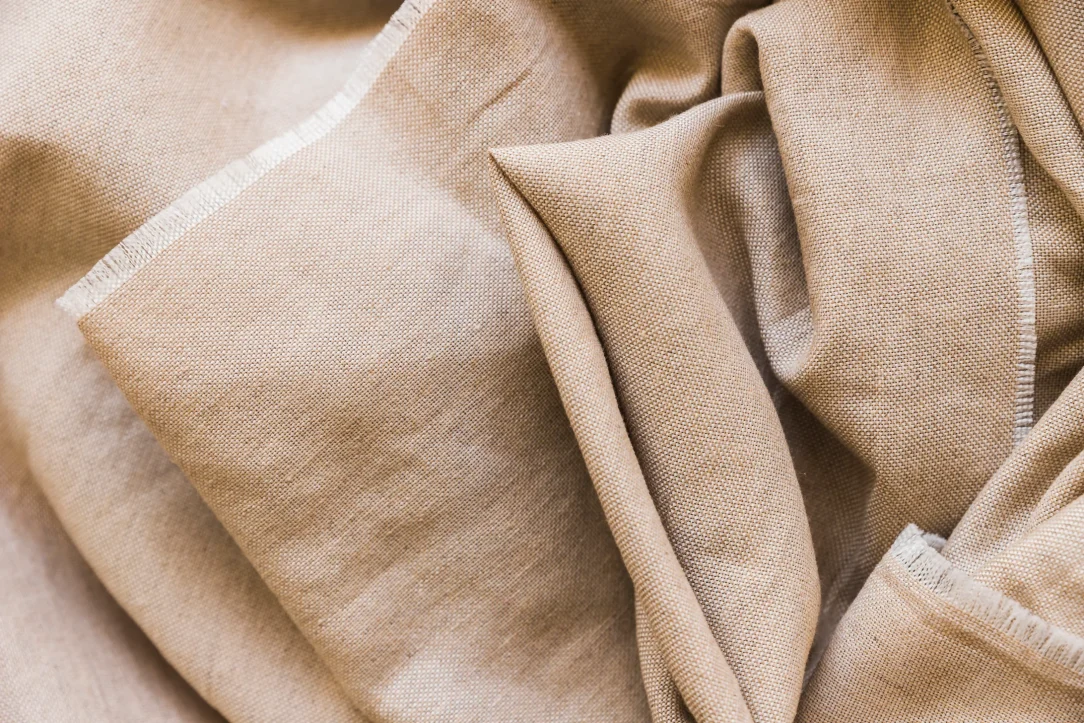
Source: idyllo.eu
Linen is the ultimate summer fabric that has it all! It’s lightweight, drapes well, and keeps you cool even on the hottest day.
Generally, linen clothing is loose-fitting, perfect for the heat and avoiding annoying sweat stains. This fabric can be used for most clothing, from pants to shirts to tees, and you can choose from multiple beautiful colors.
One of the linen downsides is that this fabric wrinkles pretty easily, so you can either commit to ironing, accept the wrinkles or try some linen blends that are more wrinkle-resistant.
The worst materials
Just as these are all great materials for hot weather and people who sweat a lot, there are some fabrics you should avoid at all costs.
Generally, these are mostly synthetic fabrics that don’t allow air circulation and make you feel like you’re wearing a plastic bag.
They are also terrible for the environment!
Acrylic
Acrylic is commonly used for shirts, blouses, and tops, but it should be definitely avoided as it’s non-breathable, rough, and will make you sweat profusely.
Nylon
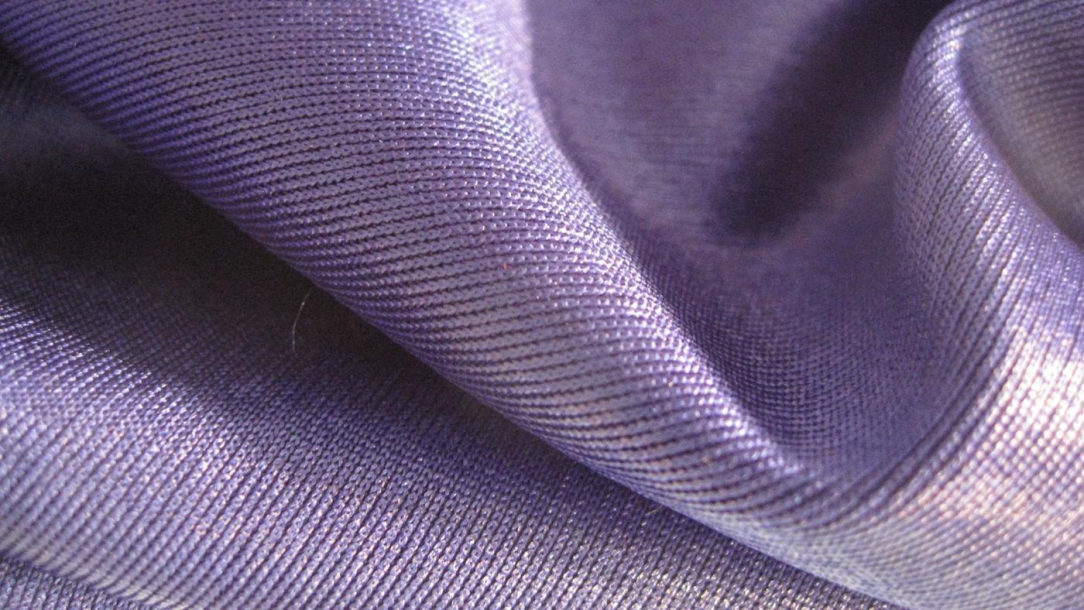
Source: sustainyourstyle.org
This synthetic material repels water and traps heat and sweat on your skin. Yes, it’s just as gross as it sounds. Please don’t give it a second thought!
Polyester
While polyester is wrinkle-resistant and great for traveling, keep it on a no-no list if you’re going to a hot destination since it doesn’t absorb moisture at all.
Fleece
Fleece is perfect for the winter as it keeps you warm and cozy, but in summer, it’s suitable only for cold nights when camping. Fleece is made from polyester, so it traps moisture and doesn’t allow air circulation.
Vinyl
While viny is not the most common fabric for clothes, you’ve undoubtedly seen trousers and jackets made of it. Well, even if you like them, leave them for the fall and winter as it’s a synthetic that will get you hot and sweaty the moment you step out of the door.

